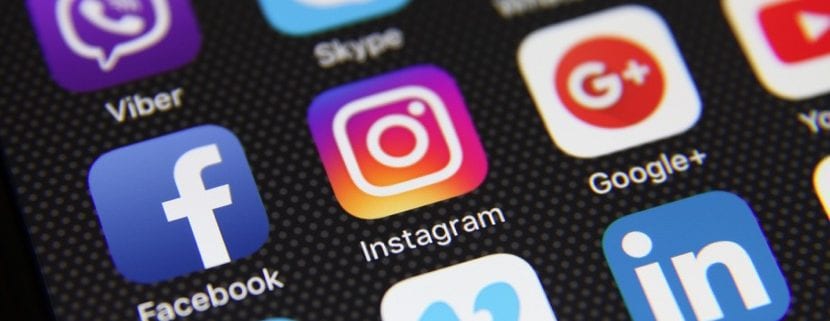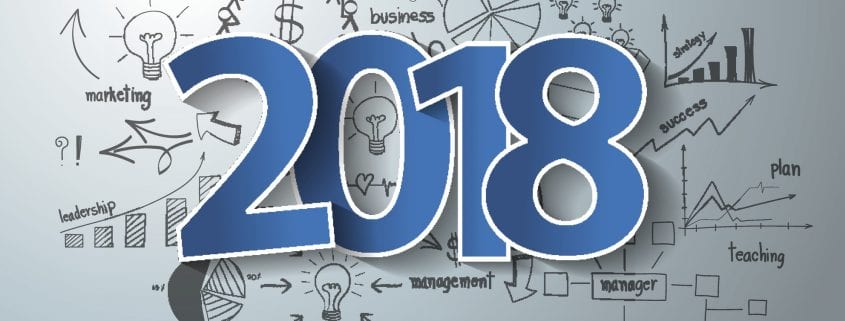
Meet The Newest Generation Of Homebuyers- Gen Z
A new generation is starting to make its presence known. That is Generation Z. They are entering the real estate market in growing numbers. Most are currently renting, but a growing number are looking to move into home ownership. Real estate professionals need to understand this new generation of homebuyers.
What Defines Generation Z?
Generation Z is defined as those born between 1995 and 2010. They are the generation that grew up with the Internet being common place. Currently, they are over 66 million strong, making them over 20% of the American population. This generation is ethnically and racially diverse. They are also the first generation to grow up with Internet access being the norm.
- They want to own a home. Generation Z, like the generations older than them, think that home ownership is a major part of the American Dream. What makes them different is that many of them are looking to move to home ownership at a rapid rate, though their income levels are still at entry level figures. This drive to own a home is focusing many of them to prepare for home ownership early.
- They want to belong to a community. Members of Generation Z love to have shared amenities. They like being part of communities. In fact, a full third of them are very involved with their community or neighborhood. This need to belong to a community is going to influence the neighborhoods they choose and the amenities they want.
- They use social networking in the home buying process. This goes back to being the most technology connected generation. When looking for a home, to rent or own, they turn to their family and friends for help. They share the search process with friends and roommates at rates not seen in other generations. This shows why tapping into social networks is critical for tapping into this generation as homebuyers.
Homebuilder Marketing: Target Your Homebuyers With A New Media Mix
- They rent in smaller buildings. The reason for this trend is not completely obvious. However, some real estate experts speculate that it relates back to the need of many Generation X members to be part of their community. A smaller building offers better chances to meet neighbors and build relationships.
- They use the Internet to do research and to put in rental applications. This is a natural extension of their social networking and comfort with technology. They “google” everything. Gen Z wants to put in applications online and they don’t want to have to go into an office to do it. They learn what they want from the Internet and use that information to make decisions on where they live.
Generation Z is starting to make their presence known as homebuyers. Their impact is going to be even stronger in the coming years. Learning what matters to this generation is the first step in helping them become homeowners, whether now or in the next few years.
















